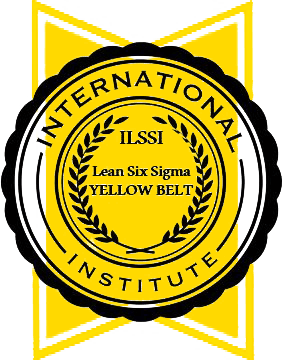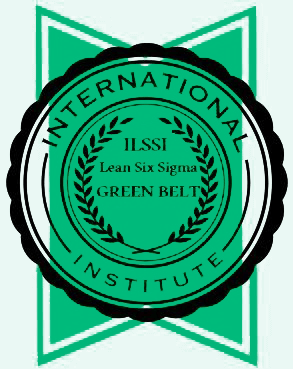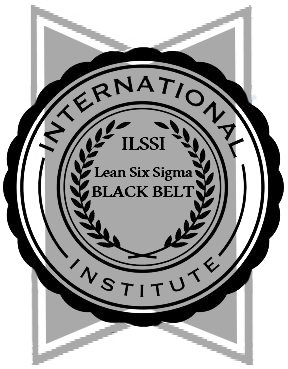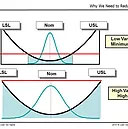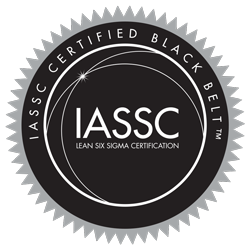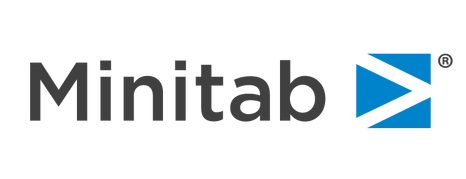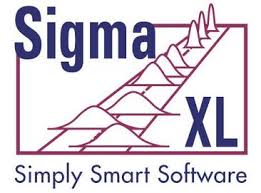During my years teaching in Lean Six Sigma I have found myself using the word ‘Optimization’ at least once a week during my classes…usually during the part about ‘Designed Experiments’ and ‘Response Surface Methods’ , however I have recently been thinking that the word ‘Optimization’ should be introduced to Students much earlier during the “Fundamentals of Lean Six Sigma” sections of the class. It strikes me that “Optimization’ is the perfect ENGLISH word for the goal of Lean Six Sigma with regards to the Outputs of Processes and the resources that provide them in the process. Why was it not used more by Toyota, Motorola or in the books by Womack et al during the growth of Lean Six Sigma in the 1990’s ? In general terms we want to Optimize the ‘Value’ of the Outputs ‘in the eyes of the customer’, while at the same time ‘Optimizing’ the use of our resources to deliver that value. In less general terms Optimization needs to be applied to such Output measures such as Comfort, On-time Delivery, Product Availability, Product Purity, Battery Life, Durability, Price …things important to our customers….while at the same time also Optimizing the use of our time, people machines, vehicles, storage space, electricity, energy etc.
Kudos to Joseph Burk and his excellent book ‘ Cost Reduction and Optimization for Manufacturing and Industrial Companies’ in which he points out specifically that the concepts have been ued in Operations Management in the west for decades, however Lean Six Sigma still only uses the word either in a very general sense as a synonym for ‘improvement’ or else in relation to Designed Experiments.
Interestingly enough, Lean.org and the Lean Enterprise Institute ( Womack, Jones, Shook et al ) use the work twice on their webpage giving an overview of Lean, however it is then hardly mentioned as a tool/method/principle anywhere else. See http://www.lean.org/WhatsLean/
Opimization is also not included at all in Thomas Pyzdek’s ‘bible’ of Six Sigma, The Six Sigma Handbook, which is highly promoted by the ASQ as the ‘go-to book’ on Six Sigma.
Optimization of both what is important to customers ( VOC ) and internal business measures ( VOB ) often involves conversion of the business problem into a mathematical problem, and solving the mathematical problem. This is of course what much of Six Sigma methodology is about, so fits perfectly into the Lean Six Sigma tool set. The mathematics is often quite complicated and will require advanced mathematical modelling skills, however this does not mean that every Lean Six Sigma Green or Black Belt ( or even Master Black Belt ) needs to know the complex mathematics….that where external consultants / academics who are experts in mathematical modeling can be brought into our teams. It is however important that all Green Belts and Black Belts are introduced to the concepts of Optimization and are clear how it is an important tool to be used in DMAIC ( A and I phases )…and is another fundamental Goal of Lean Six Sigma projects. In summary I propose a statement such as ‘Optimization of Customer most-valued outputs while also Optimizating the process resources’.
One last point… I believe that if the Japanese had introduced their word for it ‘Saiteki-ka” and were using it in their TPS system, then we would all be using it today in the West ! Too late for them … let’s stick with the Engish !
(Nice summary of the mathematical concept below ( applied to Optimizing Shelf Space in a Supermarket) and link to where you can read more about it ).
Optimization
Optimization is the science / process behind finding the best solution for a problem with given constraints. We come across optimization problems on a daily basis. These can be for finding the shortest path between your work place and office; maximizing revenues / customer happiness or minimizing costs / debts etc. We basically take a real world problem, model it mathematically and then solve it using mathematical techniques with in the constraints. Optimization is useful in Marketing, Manufacturing, Finance, Online advertising, Machine Learning and all fields you can imagine.
https://www.analyticsvidhya.com/blog/2016/09/a-beginners-guide-to-shelf-space-optimization-using-linear-programming/


